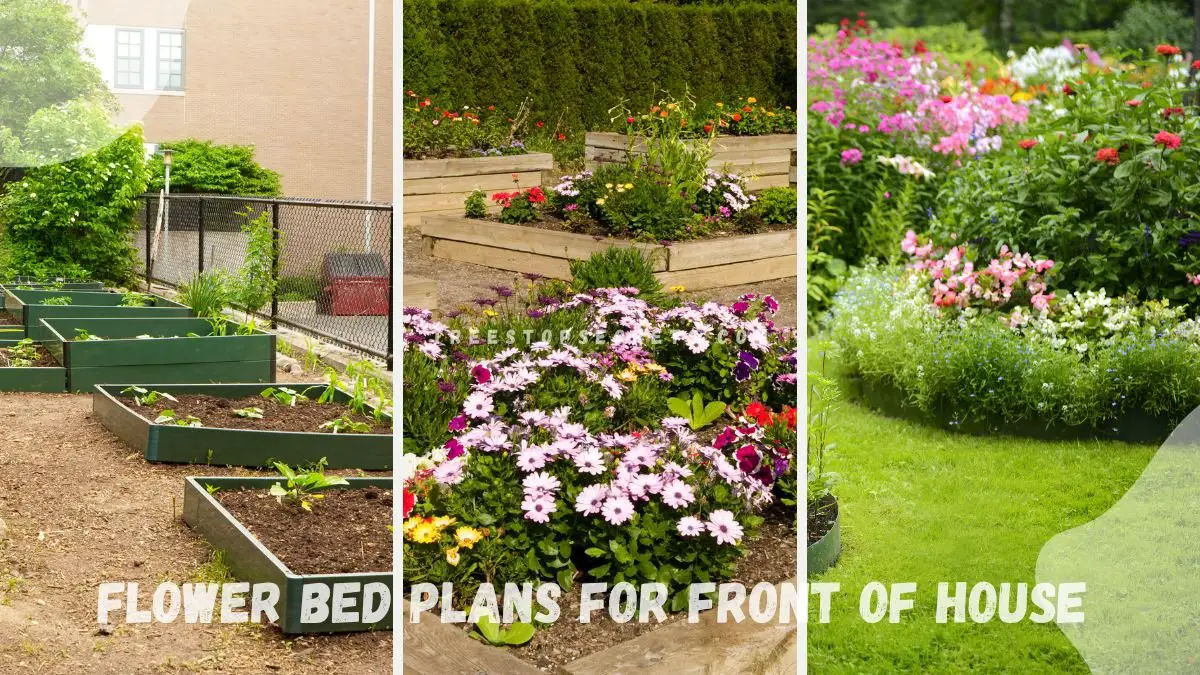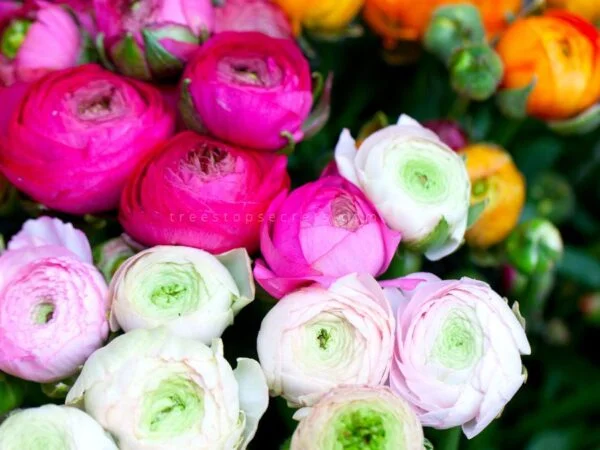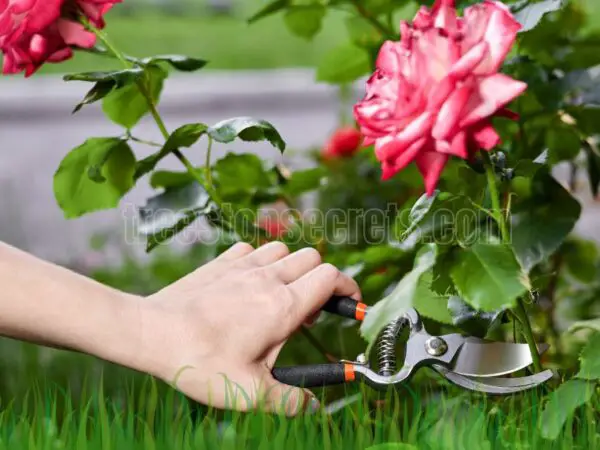Are you looking to enhance your home’s curb appeal with stunning flower bed plans for the front of your house? I can guide you through the process with practical advice and inspiring ideas tailored to your space. Whether you want a low-maintenance design or a colorful seasonal display, we'll cover essential planning steps, plant choices, and layout tips to make your front yard flourish. Let’s transform your outdoor space into a welcoming, vibrant entrance that complements your home’s architecture and style.
Flower Bed Plans for Front of House
| Type of Flower Bed | Suitable Plants | Maintenance Level |
|---|---|---|
| Cottage Garden | Roses, Lavender, Foxgloves | Moderate |
| Formal Garden | Boxwood, Tulips, Hydrangeas | High |
| Rock Garden | Sedum, Hens and Chicks, Thyme | Low |
| Native Plant Garden | Coneflowers, Black-eyed Susans, Butterfly Weed | Low to Moderate |
Tip: Choose plants suited to your climate and soil for the best results.
For more personalized flower bed plans, consider factors like the size of your front yard, sun exposure, and personal style preferences. I offer tailored solutions and in-depth guides to help you create the perfect flower bed for your home. Reach out for more tips and design inspiration!
Key Takeaways
- Plan Your Flower Bed: Start by planning your flower bed layout and selecting the right plants for your front yard.
- Get Creative with Design: Explore various design ideas to enhance the curb appeal of your home and create a welcoming atmosphere.
- Consider Specialty Gardens: Think about incorporating specialty gardens like herb or butterfly gardens for a unique and charming look.
- Privacy and Shade Solutions: Use plants strategically to add privacy and create shade in your front yard oasis.
- Focus on Foundation Planting: Utilize foundation planting to frame your house beautifully and tie your garden to your home's architecture.
- Maintain Your Garden: Follow maintenance tips to keep your flower bed looking vibrant and healthy throughout the seasons.
Planning Your Flower Bed
Choosing the Right Location
When designing front yard flower beds, assess sunlight exposure and drainage to ensure plant health. Consider the bed's visual impact from various angles for an appealing look. The location should harmonize with your house's overall aesthetics.
Tips:
- Check sunlight and drainage.
- Evaluate visual appeal.
- Ensure harmony with house aesthetics.
Understanding Soil Types
Before planting, test soil pH and composition in flower bed layout. Amend soil with organic matter to enhance fertility and drainage. Select plants that thrive in your front yard's specific soil type for optimal growth.
Tips:
- Test soil pH and composition.
- Improve fertility with organic matter.
- Choose plants suited to soil type.
Selecting Plants for Seasons
Create a dynamic display by planning a mix of plants blooming in different seasons. Include evergreen shrubs for year-round interest and structure. Incorporate seasonal flowering bulbs to add variety and color throughout the year.
Tips:
- Plan for seasonal variety.
- Add evergreen shrubs for structure.
- Include flowering bulbs for color diversity.
Design Ideas for Every Home
Formal Front Yard
Creating symmetrical planting beds can give your front yard a formal and organized look. By utilizing geometric shapes and structured plantings, you can achieve a polished appearance that exudes elegance. To further enhance the formal aesthetic, incorporate hedges and topiaries to define the space beautifully.
Tiny Corner Garden
For a unique design in a small corner of your yard, consider utilizing a triangular planting bed. Enhance the charm of this area by integrating a picket fence, adding a touch of quaintness. Opting for sun-loving annuals and low-maintenance perennials ensures easy care while still maintaining a visually appealing garden space.
Foolproof Foundation Garden
To create a diverse and visually striking garden, mix flowering perennials, groundcovers, shrubs, and trees. Design the garden to complement the foundation of your house, ensuring harmony between the natural elements and the architectural structure. Choosing plants with varying heights adds visual interest and depth to the garden landscape.
English-Style Garden
Transform your outdoor space into a lush and romantic retreat with an English-style garden. Incorporate a mix of cottage-style plants to create a charming atmosphere. Consider adding climbing roses, traditional English flowers like lavender and delphinium, and stone pathways for a classic touch. Antique garden ornaments can further enhance the romantic ambiance of this garden style.
Specialty Gardens for Unique Looks
Rose Lover's Walk
Creating a Rose Lover's Walk involves incorporating a diverse selection of roses, such as climbers and hybrid tea roses. These roses can be complemented by bordering the walkway with a low boxwood hedge, adding a structured and elegant touch to the garden. To enhance visual appeal, opt for roses in vibrant colors that stand out and create a striking display.
Hot Summer Garden
For a Hot Summer Garden, choose annuals and perennials that thrive in hot and humid climates. Select flowers in bold shades of red, pink, orange, and yellow to infuse vibrancy into the garden during the summer months. Including heat-tolerant plants like salvias and zinnias ensures a garden filled with blooms throughout the season.
- Pros:
- Vibrant colors add visual interest.
- Heat-tolerant plants require minimal maintenance.
- Cons:
- May require more frequent watering during hot weather.
- Some heat-loving plants may not survive colder seasons.
Hosta Shade Garden
Transform your outdoor space with a Hosta Shade Garden by planting different hosta cultivars around a central feature, such as an antique millstone. Edging the bed with variegated vinca not only complements the hostas but also adds a touch of elegance to the garden. This garden design creates a cool and serene atmosphere perfect for relaxing outdoors.
Ornamental Grass Garden
Incorporating an Ornamental Grass Garden in a sunny corner introduces texture and movement to your landscape. By featuring various ornamental grasses alongside a few flowering perennials, you can achieve a harmonious balance between greenery and pops of color. Opting for low-maintenance grasses like fountain grass and maiden grass ensures easy upkeep while enhancing the visual appeal of the garden.
Enhancing Privacy and Shade
Privacy Screen Garden
Creating a privacy screen in the front yard can be achieved by strategically planting colorful shrubs and trees. These plants not only provide privacy but also add a touch of natural beauty to the landscape. Opt for low-maintenance varieties that require minimal pruning, making it easier to maintain the garden's appearance. By incorporating these elements, you can enhance both the privacy and aesthetics of your outdoor space.
- Choose colorful shrubs and trees for a natural privacy screen.
- Select low-maintenance plants that need minimal pruning.
- Enhance privacy while adding beauty and greenery to the front yard.
Welcoming Dooryard Garden
For a welcoming dooryard garden, consider planting long-blooming perennials that offer continuous bursts of color throughout the seasons. Incorporating evergreen shrubs provides structural interest year-round, ensuring your garden remains visually appealing even during the colder months. To create a focal point, utilize decorative urn planters filled with seasonal annuals, adding a touch of charm to your entryway.
- Plant long-blooming perennials for continuous seasonal color.
- Use evergreen shrubs for year-round structure and interest.
- Create a focal point with decorative urn planters filled with annuals.
Beginner Shade Garden
Designing a shade garden for beginners involves combining easy-to-grow plants that require minimal maintenance. Opt for shade-tolerant varieties that thrive in low-light conditions, making them ideal for those new to gardening. By selecting plants that are well-suited for shade and simple to care for, you can achieve a harmonious garden design with minimal effort and experience.
- Combine easy-to-grow plants for a low-maintenance garden.
- Select shade-tolerant varieties suitable for beginners.
- Create a harmonious design with minimal gardening experience.
Focusing on Foundation Planting
When planning flower bed designs for the front of your house, consider foundation planting. This involves strategically placing plants along the base of your home to enhance its appearance. By incorporating a variety of plants, you can create a dynamic and visually appealing garden.
Flower-Filled Foundation
Mix flowering perennials, groundcovers, shrubs, and trees to create a diverse landscape that will bloom at different times throughout the year. Choose plants with varying heights and textures to add depth and interest to your garden. Opt for a colorful alternative to traditional shrub rows by incorporating vibrant flowers into the mix.
- Create a dynamic garden by mixing different types of plants
- Opt for vibrant flowers instead of traditional shrubs along the foundation
- Vary textures and heights for an aesthetically pleasing look
Decorative Downspout Ideas
Transform utilitarian downspouts into decorative elements by adding climbing plants such as ivy or clematis. Consider installing rain chains or decorative barrels to not only enhance water drainage but also add a decorative touch to your garden. Use planters or trellises creatively to camouflage downspouts while adding greenery to your outdoor space.
- Use climbing plants like ivy to decorate downspouts
- Enhance water drainage with rain chains or decorative barrels
- Camouflage downspouts creatively with planters or trellises
Innovative Garden Layouts
Island Bed Garden Plan
Design an island bed by combining a variety of flowering perennials and shrubs. Incorporate a sculptural tree or ornamental feature to create a focal point in the garden. Layering plants will result in a visually appealing and well-balanced appearance.
When planning your island bed, consider the height, color, and blooming seasons of the plants to ensure a dynamic and engaging display. For example, plant taller shrubs or trees at the back of the bed, gradually transitioning to shorter plants towards the front. This arrangement creates depth and visual interest in your garden layout.
To enhance the overall aesthetic of your island bed, mix different textures and foliage types. Combining feathery ferns with bold-leaved hostas, for instance, adds dimension and contrast to the garden design. Incorporating evergreen shrubs ensures year-round interest even when other plants are not in bloom.
- Pros:
- Creates a striking focal point in the garden.
- Offers a diverse range of plant options for various seasons.
- Cons:
- Requires regular maintenance to keep plants healthy and thriving.
- Initial setup may involve significant time and effort.
Another essential aspect of island bed design is considering the sunlight exposure and soil conditions in your garden. Select plants that thrive in the specific microclimate of your yard to promote their growth and longevity. For instance, if your garden receives ample sunlight, opt for sun-loving perennials like coneflowers or black-eyed Susans.
When it comes to maintaining your island bed, regular watering, pruning, and fertilizing are key tasks to ensure the health of your plants. Deadheading spent flowers and removing weeds help maintain the neatness and beauty of the garden layout throughout the growing season.
Maintenance Tips for Your Garden
Seasonal Care Guide
Develop a maintenance schedule for each season to ensure your garden thrives year-round. Watering and fertilizing needs vary with the changing seasons, so adjust accordingly. Prune plants at the right times to promote healthy growth and maintain their shape. Regularly monitor your garden for pests and diseases, addressing any issues promptly to prevent widespread damage.
Watering and Feeding
Establish a watering routine based on the specific needs of your plants and the current weather conditions. Proper watering is essential for plant health and vitality. Choose organic fertilizers to nourish your plants without introducing harmful chemicals into your garden ecosystem. Consider installing drip irrigation systems or soaker hoses for efficient and targeted watering, minimizing water waste.
Pruning and Deadheading
Learn the proper techniques for pruning shrubs, trees, and flowering plants in your garden. Pruning helps maintain plant health, promotes new growth, and enhances overall aesthetics. Deadheading spent blooms encourages continuous flowering throughout the season, keeping your garden looking vibrant. Remember to prune plants at the correct times during the year to avoid damaging them and ensure they stay healthy and well-shaped.
Final Remarks
You've explored a plethora of flower bed plans to elevate the front of your house. From strategic planning to innovative layouts, you now have the tools to create a stunning garden that enhances your home's curb appeal. By incorporating design ideas, focusing on foundation planting, and considering specialty gardens, you can achieve a unique and personalized look that reflects your style and preferences. Remember to implement maintenance tips to keep your garden flourishing all year round.
Now it's time to roll up your sleeves and bring these ideas to life. Take the first step by selecting a plan that resonates with you and start transforming your front yard into a vibrant oasis. Your dream flower bed is within reach – let's get gardening!
Frequently Asked Questions
What are some key factors to consider when planning a flower bed in front of the house?
When planning a flower bed for the front of your house, consider:
- Sunlight exposure
- Soil type and drainage
- Color scheme and plant height
- Maintenance requirements
- Overall design aesthetics
How can I ensure privacy and shade with my front yard flower bed?
To enhance privacy and shade in your front yard flower bed:
- Use tall plants or shrubs strategically
- Incorporate trellises or arbors with climbing plants
- Utilize dense foliage for natural screening
- Consider planting trees for additional shade coverage
What are some innovative garden layouts that can make my front yard flower bed stand out?
Innovative garden layouts for your front yard flower bed include:
- Spiral gardens
- Vertical gardens
- Checkerboard patterns
- Keyhole gardens
- Circular plant beds
What are some maintenance tips to keep my front yard flower bed looking its best?
To maintain a beautiful front yard flower bed:
- Regularly water and fertilize plants
- Weed and mulch regularly
- Prune dead blooms and overgrown branches
- Monitor for pests and diseases
- Refresh soil and replant as needed
Image Source: Paid image from CANVA




